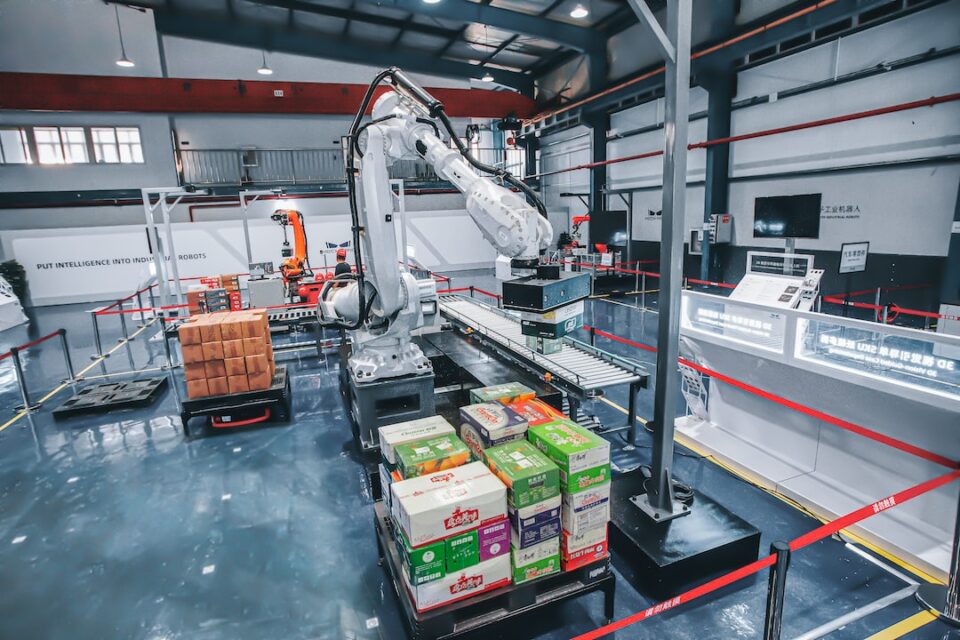Implementing Lean Manufacturing Principles for Increased Efficiency
In today’s fast-paced and competitive business world, manufacturers are constantly seeking ways to improve their productivity and efficiency. Lean manufacturing, a concept derived from the renowned Toyota Production System, has gained significant popularity as a methodology to achieve these goals. By eliminating waste and streamlining processes, lean manufacturing enables companies to optimize their operations and enhance overall productivity. In this blog post, we will explore the key principles of lean manufacturing and how they can be effectively implemented to achieve greater efficiency.
1. Identify and Eliminate Waste: The first step in implementing lean manufacturing is identifying and eliminating waste or non-value-added activities. Waste can manifest in different forms, such as overproduction, excess inventory, unnecessary transportation, defects, and waiting times. By mapping out the entire manufacturing process and critically examining each step, manufacturers can identify areas of waste and develop strategies to eliminate or minimize them. This not only increases efficiency but also reduces costs and improves the quality of the end product.
2. Implement Just-in-Time (JIT) Production: JIT is a core principle of lean manufacturing that focuses on producing the right amount of products at the right time. Unlike traditional systems that rely on large inventories to meet customer demand, JIT ensures that production matches actual demand, thereby reducing waste associated with excess inventory. By closely aligning production with customer orders, manufacturers can optimize resources and minimize lead times, resulting in improved efficiency and customer satisfaction.
3. Create Continuous Flow: Another essential principle of lean manufacturing is creating a continuous flow of production. This involves organizing the manufacturing process in a way that minimizes interruptions and bottlenecks. By eliminating excess waiting times, unnecessary movements, and delays, companies can streamline production and enhance overall efficiency. Implementing tools like Kanban, which uses visual signals to trigger the replenishment of materials, enables manufacturers to achieve a smoother flow and better coordinate activities.
4. Embrace Kaizen: Kaizen, meaning “continuous improvement” in Japanese, is a fundamental element of lean manufacturing. It emphasizes the importance of gradually and continuously making small improvements across all aspects of the manufacturing process. By involving employees at all levels and empowering them to contribute to the improvement process, companies can foster a culture of innovation and proactivity. Implementing regular kaizen events or workshops provides a structured framework for identifying improvement opportunities and implementing solutions, leading to increased efficiency and overall business success.
5. Ensure Employee Engagement and Training: Lean manufacturing cannot be successfully implemented without the active involvement and commitment of employees. Companies must provide comprehensive training programs to equip workers with the necessary skills and knowledge to identify and address waste. Engaging employees in the improvement process cultivates a sense of ownership and responsibility, fostering a culture of continuous improvement. Regular communication channels and feedback mechanisms enable employees to contribute their ideas and perspectives, resulting in a more efficient and collaborative work environment.
6. Focus on Quality: Lean manufacturing places a strong emphasis on producing high-quality products. Defective products not only waste resources but also lead to expensive rework or customer returns. By implementing quality control measures, such as mistake-proofing techniques, thorough inspections, and standardized work procedures, companies can reduce defects and ensure consistent quality. Investing in robust quality management systems and continuous training on quality assurance further enhances efficiency and customer satisfaction.
7. Embrace Technology and Innovation: Lean manufacturing principles can be further supported by leveraging technology and embracing innovative solutions. Automation, data analytics, and real-time monitoring systems can improve visibility and control over the manufacturing process, enabling companies to identify inefficiencies and make data-driven decisions. Adopting advancements like Industry 4.0 technologies and smart manufacturing solutions can optimize operations, reduce costs, and drive efficiency gains.
In conclusion, implementing lean manufacturing principles is a proven way to increase efficiency in manufacturing processes. By systematically identifying and eliminating waste, implementing just-in-time production, creating continuous flow, embracing kaizen, ensuring employee engagement, focusing on quality, and embracing technology, companies can optimize their operations, minimize costs, and deliver high-quality products to their customers. Lean manufacturing is not just a set of tools and techniques; it is a mindset and culture that fosters continuous improvement and drives sustainable success in the highly competitive manufacturing landscape.

